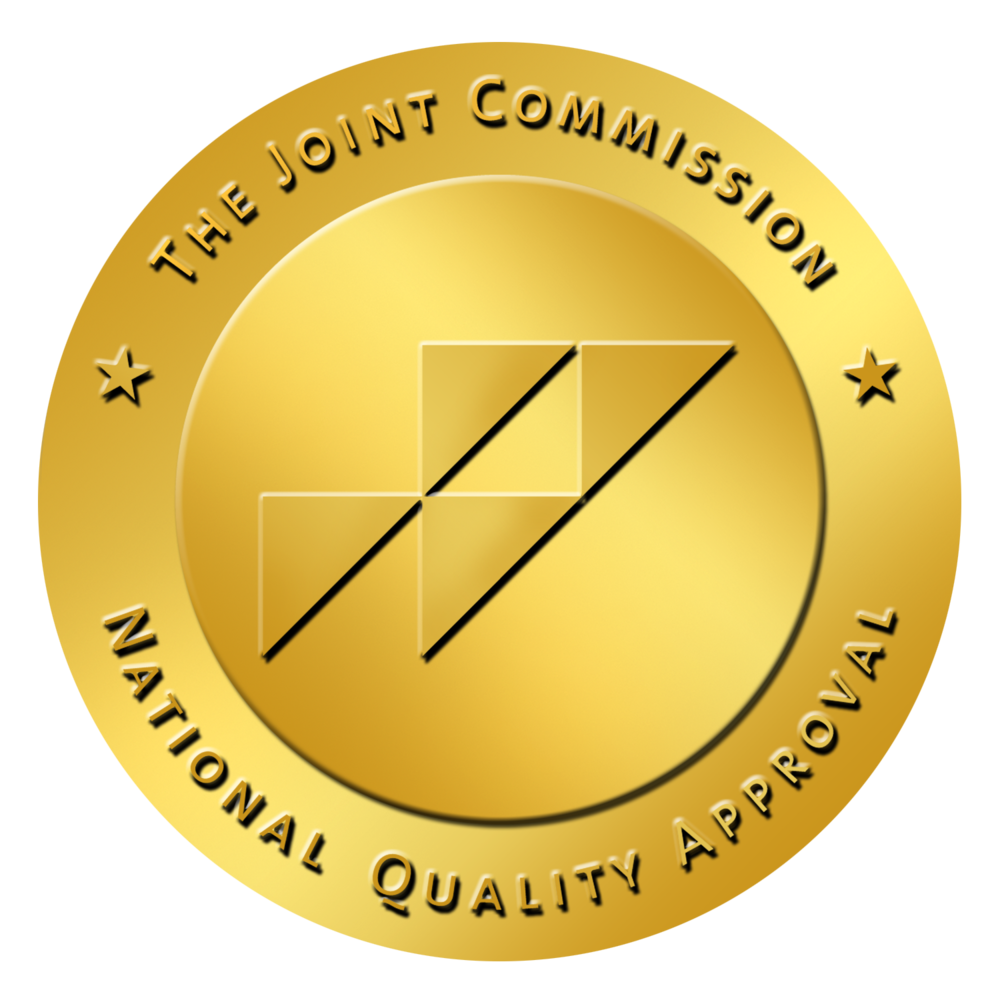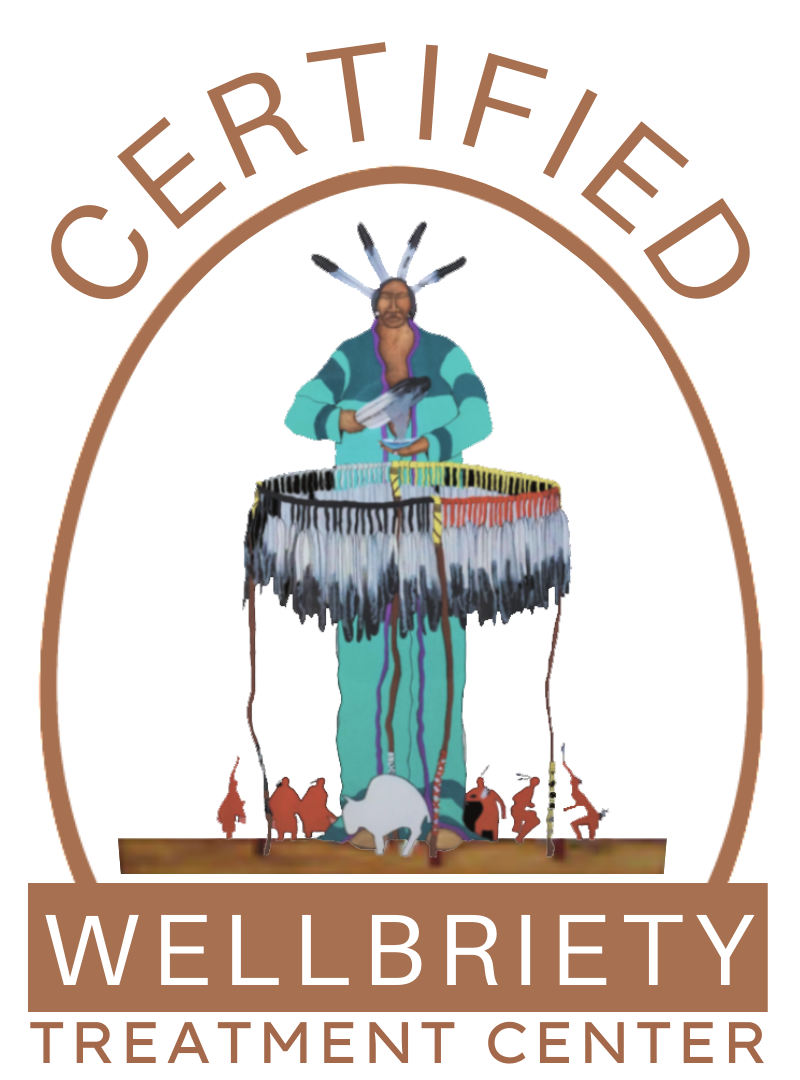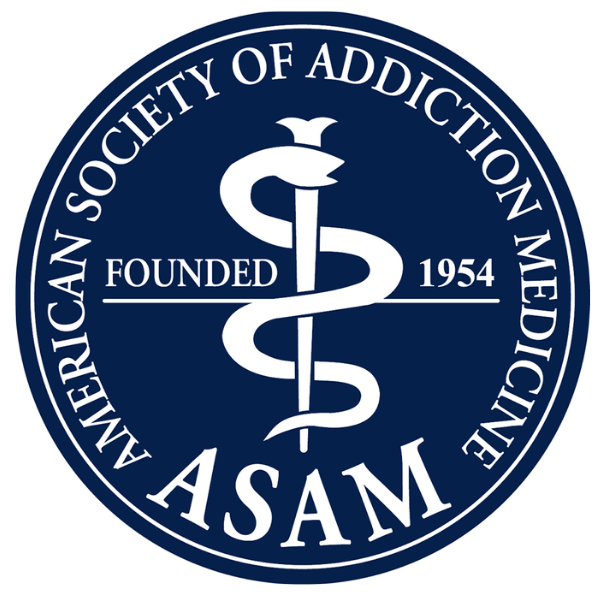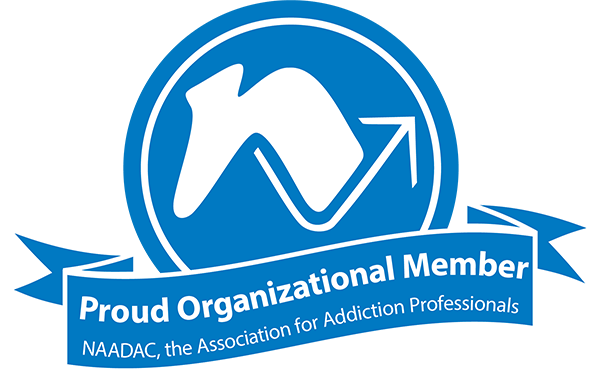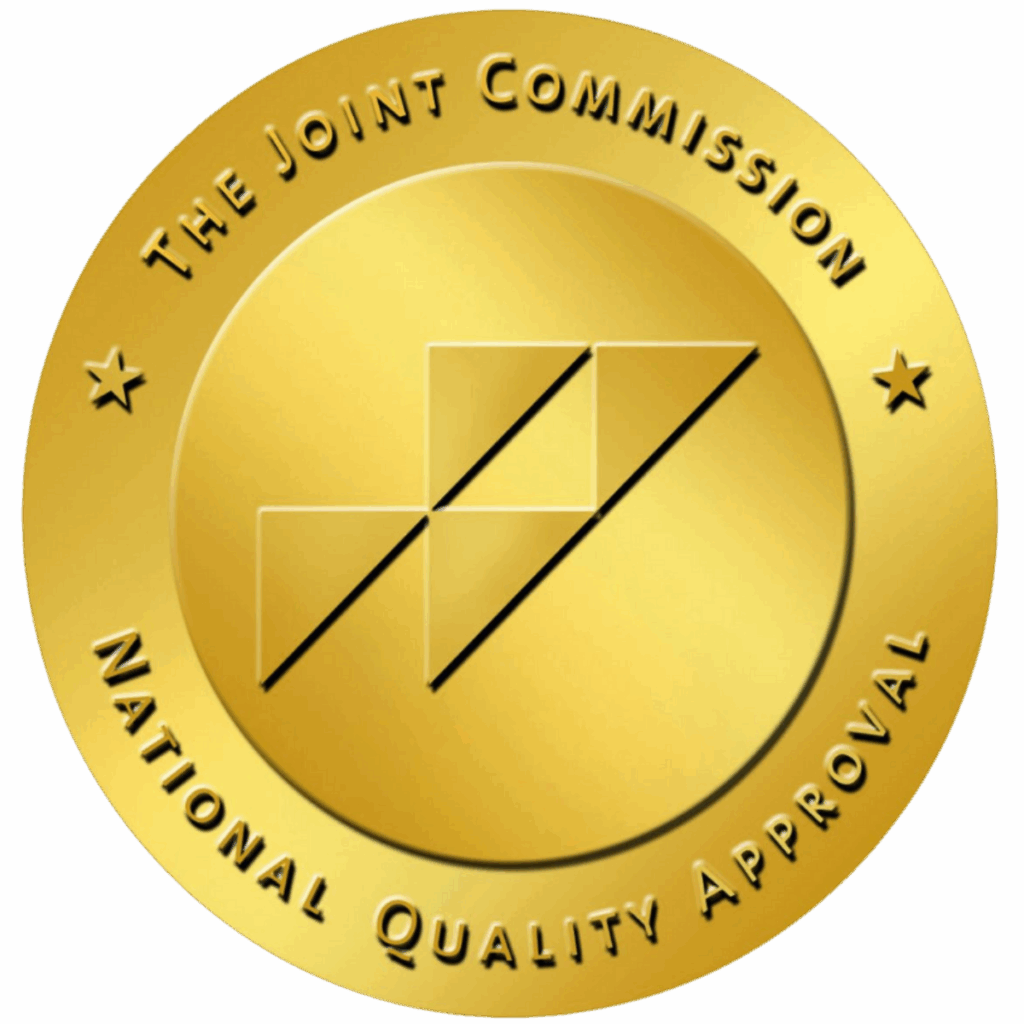Anyone who enlists in the Armed Forces or chooses to be a police officer, firefighter, or EMT knows the rules of their vocation — being under immense pressure and encountering harrowing, life-or-death situations are a part of the job that simply can’t be avoided.
Yet even through the successes, when missions are accomplished, disasters averted, and lives saved, the high-risk moments seen and lived every day can still leave indelible mental and emotional scars.
Studies show that 30% of first responders develop behavioral health conditions from the rigors of their jobs, and among post-9/11 veterans who have seen combat, 75% develop PTSD from traumatic experiences. Left untreated, this hypervigilance — the always being on guard — that accompanies PTSD and other mental health issues can dampen and exhaust the happiness and well-being everyone deserves.
While trauma and stress disorders can be complex and deeply personal, treatment for trauma offers light and hope when it matters most. Read on to learn more about different types of trauma and how we can help.
What Are Trauma and Stress Disorders?
Trauma and stress disorders can develop after living through or witnessing traumatic events or circumstances that can pose physical or emotional harm. Military and first responder personnel are at a higher risk of experiencing trauma and having a trauma disorder from their line of work, whether it’s seeing human suffering or the pressure that comes with facing violence, crime, or life-threatening situations.
When the body is overcome with trauma and stress over time, it naturally wants to buffer itself as a protective measure. A veteran with a trauma disorder might have recurring, vivid thoughts of their time in military service. For a firefighter, it might be a sense of hypervigilance after responding to a devastating blaze that injured or claimed the lives of people. A paramedic might develop a stress disorder from the 9-1-1 immediacy and pressure they face every day.
These reactions and responses can often lessen over time, but a trauma disorder often happens, to the detriment of one’s mental health, when that sense of danger or immense fear continues long after the actual threat has passed — one reason why, for example, a vet may continue to feel the intensity of an overseas deployment years after a tour of duty has passed.
Common Causes of Trauma
Trauma can stem from a variety of negative, harrowing experiences in one’s life, including:
- Abuse—physical, sexual, verbal, and emotional (including domestic violence)
- Surviving and/or being injured in a car accident
- Natural disasters
- Being a victim of domestic violence, crime, or terrorism
- Enduring a life-threatening illness or medical condition
- Witnessing a loved one’s suffering or death
The high-stress environments that Armed Forces service members and emergency responders face each day are common causes of trauma. Combat exposure or being threatened with a weapon, or witnessing death or serious injury when tasked with saving lives, are just a few examples. But even a single traumatic event can raise the risk of developing a trauma disorder in anybody.
Types of Trauma and Stress Disorders
Clinically, there are several variations of trauma and stress disorders, and in vets and first responders, two of the most common are Post-Traumatic Stress Disorder (PTSD) and a subtype of PTSD called Complex PTSD, or C-PTSD:
Post-Traumatic Stress Disorder (PTSD)
PTSD is one of a few mental health disorders that can develop after a single or repeated exposure to a traumatic event. In the U.S. military world, its roots stem back to the Civil War. The term “shell-shock” was an early, World War I-era descriptor for symptoms of PTSD displayed by soldiers following participation in battle.
Following various permutations over the years, PTSD is now recognized as its own disorder in the DSM-5 manual (the current and fifth edition of Diagnostic and Statistical Manual of Mental Disorders), characterized by a persistent, intense distress that remains long after the traumatic experience has ended. PTSD can affect men and women alike, vets and first responders alike. In a study, 87% of veterans reported exposure to at least one traumatic event, and in another survey, the prevalence of PTSD in firefighters was 57% and nearly 38% in military personnel.
Common Signs and Symptoms of PTSD
PTSD symptoms are generally categorized into four easily understandable expressions that, for people who suffer from it, can vary in intensity, according to the Mayo Clinic:
- Intrusive memories of a traumatic experience are one of the most common signs of PTSD. You might continue to have unwanted recurring flashbacks, nightmares, or obsessive thoughts to relive the distressing event over and over, even when it has long passed.
- Avoidance, either by refraining from thinking or talking about the trauma, or actively staying away from the people, places, or reminders of a traumatic event.
- Negative cognitive and mood changes are part of suffering from PTSD. You might develop a self-defeating, negative perspective about yourself and the world around you, feel anger and shame, or blame yourself for the outcome of a traumatic event. Selective memory about a traumatic event is common in PTSD, as are common depressive symptoms like losing interest in activities or detaching oneself from loved ones.
- Physical and emotional changes like being easily startled or hypervigilant/on guard for potential danger are part and parcel of PTSD. Impulsive or reckless behaviors like drinking too much or driving too fast can be coping mechanisms that often accompany changes in temperament, like angry outbursts or irritability.
DSM-5 Criteria for PTSD
The DSM is the official source that a mental health specialist, like a therapist or psychologist, references to make mental health diagnoses. For PTSD, certain criteria must be met (at a minimum for each category). If you’re wondering if what you’re experiencing is PTSD, these are the steps used to define it:
- Exposure to danger (one required): You’ve been exposed to a traumatic event involving death, the threat of death, serious injury, or real or perceived violence. This could be through direct or indirect exposure to a traumatic event, like learning it happened to someone else, or through the course of professional duties.
- Re-experiencing symptoms (one required): One way that PTSD manifests itself is when a traumatic event is relived continuously. Unwanted and upsetting memories, nightmares, flashbacks, and physical and emotional distress may intrude into your daily life.
- Avoidance symptoms (one required): You may go to great, difficult lengths to avoid anything that reminds you of past trauma. It could be trauma-related thoughts or feelings, or tangible reminders, like people, places, or other triggers. For instance, the National Center for PTSD notes that many people are triggered on the anniversary of a traumatic event, or how many veterans may find fireworks triggering to past gun or explosive violence.
- Cognitive and mood symptoms (two required): Trauma can dramatically change the way you think and feel, particularly so with PTSD. Here, you might struggle with blaming yourself or feeling guilty that you were responsible for the traumatic occurrence(s) but yet show an inability to accurately recall key features of the trauma. Consequently, you may feel cut off and isolated from others, lose interest in things you once cared about, or find it hard to feel any positive emotions at all.
- Arousal and reactivity symptoms (two required): Following a traumatic experience, feeling constantly on edge or reacting more intensely are common in PTSD. Irritable, aggressive, impulsive, or risky behaviors are common, and a hypervigilant, heightened startle reaction, according to the PTSD center, are ways that PTSD can make someone jumpy or easily startled even in normal circumstances.
- Duration of symptoms: For an accurate PTSD diagnosis, symptoms and experiences must last for a month or longer.
- Symptoms cause distress and impairment: With PTSD, symptoms must be severe enough to cause real social or occupational difficulties in your life.
- Source of symptoms: Your symptoms can’t be a result of using medication, substance abuse, or illnesses.
Complex Post-Traumatic Stress Disorder (C-PTSD)
C-PTSD often results from chronic, continued exposure to trauma, like an ongoing history of sexual or childhood abuse or domestic violence. For a veteran, for example, it could be enduring time as a prisoner of war, or for a police officer, responding to multiple crime scenes over the years where fatalities were involved.
Signs and Symptoms of C-PTSD
C-PTSD includes all the main, core symptoms of PTSD:
- Flashbacks to traumatic experiences
- Hypervigilance, a heightened awareness of the possibility of danger
- Avoidance of triggers and detachment from others
- Consistent negative thoughts and feelings
But as an enhanced version of PTSD, C-PTSD also contains some other unique symptoms, some of which share similarities with certain personality disorders:
- Difficulty regulating one’s emotions, often resulting in overreacting with angry, aggressive behaviors, also called affective dysregulation
- A negative self-perception culminating in feelings of shame, worthlessness, guilt, or failure
- Severe trouble forming and maintaining healthy relationships
ICD-11 Criteria for C-PTSD
Although closely linked to PTSD, C-PTSD isn’t recognized in the DSM-5 as an official diagnosis. Rather, the World Health Organization’s International Classification of Diseases (ICD-11) acknowledges it as an official mental health condition.
According to the ICD-11, to receive a C-PTSD diagnosis, you must experience at least one of the three primary symptoms of the health disorder, namely re-experiencing, avoidance, and hyperarousal/hypervigilance, in addition to one symptom unique to C-PTSD, either emotional dysregulation, negative self-concept, or relationship problems.
PTSD vs. C-PTSD
The biggest similarity that PTSD and C-PTSD share is that they’re both caused by exposure to traumatic experiences that can affect one’s mental health. “Both CPTSD and PTSD involve symptoms of psychological and behavioral stress responses, such as flashbacks, hypervigilance, and efforts to avoid distressing reminders of the traumatic event(s),” says the Cleveland Clinic.
But the primary difference between the two is that where PTSD can develop just from a single traumatic experience within one’s lifetime, C-PTSD results from chronic or multiple traumas over a long time.
C-PTSD also involves the additional three symptoms listed earlier — emotional difficulty, feelings of shame/guilt, and trouble with relationships.
Dangers of PTSD and C-PTSD
Like any comparable mental illness, left untreated, PTSD and C-PTSD can continue to worsen and affect so many facets and aspects of one’s life:
- Co-occurring disorders: Neglected PTSD is linked to higher rates of other mental illnesses like anxiety and depression, or substance use disorders in an attempt to self-medicate and cope with symptoms.
- Suicide: There’s a saddening relationship between PTSD/C-PTSD and suicidal ideation and attempts. According to VA data, the suicide rate among male veterans was 38.3 per 100,000 and 12.8 per 100,000 in females.
- Functional impairment: PTSD symptoms can interfere with and impact a person’s day-to-day functioning, but research shows that C-PTSD is often linked to an even greater degree of functional difficulties and interpersonal/relationship troubles.
- Physical changes and health problems: The chronic stress from PTSD can affect sleep quality and introduce neurocognitive issues and chronic pain as well as cardiovascular, gastrointestinal, and musculoskeletal disorders, according to the VA.
What Are Stress-Related Disorders?
Whereas trauma disorders like PTSD and C-PTSD are tied to life-threatening or dangerous trauma, stress disorders — while closely related — are linked more closely to experiences that are serious but not necessarily catastrophic, like financial difficulties, a dysfunctional relationship or family life, or an unfulfilling job.
Common Causes of Stress
Stress can happen from everyday circumstances. According to mental health charity Mind, some sources of stress — even happy milestones like having a child — can include:
- Work and educational factors: Facing pressure at work, school, or university; job insecurity or unemployment.
- Family and personal relationships: Experiencing relationship difficulties, divorce, or the demands of being a caregiver.
- Money and home matters: Worrying about debt and bills or dealing with housing insecurity and poor conditions.
- Health issues: Managing a personal physical or mental health condition or an injury.
- Major life events: Navigating significant events like a bereavement, having a child, infertility or legal troubles
- Social and personal reasons: Dealing with issues like discrimination, loneliness or low self-esteem.
- Fears and uncertainties: Feeling anxious about personal fears or distressing world events.
Types of Stress-Related Disorders
Beyond PTSD and C-PTSD, several specific types of mental health conditions can appear from stressful life events. Disorders include:
Acute Stress Disorder (ASD)
ASD shares many similarities with PTSD, sharing many of the same symptoms from witnessing or experiencing a traumatic event, including disturbing dreams, flashbacks, anxiety and intense fear. One difference is in the timeline of symptoms. ASD’s stress reactions happen quickly — within three to four days of a traumatic moment. An ASD diagnosis can be changed to PTSD if symptoms persist for more than a month.
Reactive Attachment Disorder (RAD)
Less common in adults, RAD is a stress disorder that can occur in young children who have experienced social abuse or neglect or haven’t had their basic needs — those for nurturing, attention and comfort, notes the Mayo Clinic — met. Childhood trauma that starts during infancy and is uncommon in children older than 5 years old, symptoms of RAD include withdrawal, listlessness, unresponsiveness when comfort is given or failing to smile or respond to touch. RAD is a rare condition affecting just 1% to 2% of children.
Disinhibited Social Engagement Disorder (DSED)
Another stress disorder that affects children who have endured abuse and/or neglect, DSED poses symptoms nearly opposite to RAD. A child who suffers from DSED may be overly familiar and talkative to strangers, willing to engage (like seeking out a hug from unfamiliar adults) and even go off with them without any hesitation. Stress disorders in a child’s formative years can impact them well into adulthood; studies show that a high proportion of young people incarcerated in prison suffered from either RAD or DSED and their related adverse childhood experiences.
Adjustment Disorders
An adjustment disorder can happen when someone develops emotional or behavioral symptoms in response to a common life stressor — anything from having problems at work, moving to a new city, being diagnosed with a new illness or being alone after the demise of a long-term relationship. Symptoms of an adjustment disorder — which closely resemble those of depression — usually start within three months of the stressor but don’t last longer than six months.
How Do Stress-Related Disorders Occur?
Beyond PTSD and C-PTSD, several PTSD, C-PTSD, ASD and other stress disorders all occur for similar reasons. When you become unable to cope any longer with a traumatic or stressful event or events, the body’s stress response system — also known as the familiar “fight or flight” response — becomes taxed and effectively stuck in a state of high alert (the hypervigilance we mentioned earlier). The brain, as a protective measure, continues to send out danger signals even when the threat is gone. It’s one reason why a veteran or a paramedic with PTSD may continue to feel and re-live the intensity of a traumatic experience long after it happened.types of mental health conditions can appear from stressful life events. Disorders include:
Symptoms of Stress Disorders
Specific symptoms of various stress and trauma disorders can vary from one condition to the next, but there are common threads that run throughout them. Some signs they share in common can include:
- Extreme anxiety
- Depression
- Emotional numbness or detachment
- Irritability or aggressive behavior
- Difficulty concentrating
- Sleep disturbances
- Social withdrawal and a loss of interest in activities
But the biggest commonality in stress disorders is, in worst cases, their ability to consume one’s life and make it difficult to adapt and function following stressful or traumatic experiences.
The Negative Effects of Chronic Stress
“When stressors are always present and you always feel under attack, that fight-or-flight reaction stays turned on,” notes the Mayo Clinic. Stress takes a toll on the body. The constant state of hypervigilance keeps the body flooded with protective hormones like adrenaline and cortisol, and over time, these risk factors can weaken the immune system and encourage other health issues.
According to Yale Medicine, this can result in anything from diseases like hypertension, heart disease, and diabetes, substance abuse and addiction disorders, and mood and anxiety disorders.
FAQ about Trauma
When trauma is unprocessed, it’s not yet understood by the brain and body. It might remain deeply rooted in the psyche and hasn’t yet come to the surface, remaining unaddressed until it begins to show as the classic symptoms of PTSD or C-PTSD. They can begin to emerge as intrusive memories/nightmares, actively avoiding reminders of the event, feeling emotionally numb and detached from others, having a persistently negative view of oneself and the world, and being in a constant state of high alert.
It can often be easier to see the effects of trauma in others than in oneself. You might notice tangible, undeniable changes in their mood and behavior akin to depression or a personality disorder. Moodiness ranging from withdrawing from friends and family and shunning activities they once enjoyed to near-manic states of being startled easily, being on edge, or having angry outbursts. With C-PTSD, relationships may suffer. They might also actively avoid talking about certain subjects or avoiding places that might remind them of their trauma.
Trauma’s physical toll can appear as an extension of the arousal and reactivity symptoms that the DSM recognizes as part of a trauma disorder. You might have trouble sleeping (exacerbated by distressing dreams of a traumatic memory), difficulty focusing or concentrating, heart palpitations or sweating when reminded of the trauma, not indifferent to a panic attack. Chronic stress and trauma, notes Yale Medicine, can also show as physical aches and pains for no reason.
It can create significant challenges even in the most loving or secure of relationships. The emotional numbness and detachment that often accompany unhealed, unresolved trauma can cause someone to push others away or find difficulty connecting with new people. Studies show that while some personality disorders result in unstable relationships, trauma disorders like C-PTSD may cause someone to avoid relationships or mistrust others. In these respects, trauma that’s been unhealed can become an isolating experience.
Trauma blocking is essentially the avoidant behaviors consistent with PTSD and the like — a defense mechanism used by people with unresolved trauma to refrain from thinking or talking about a traumatic experience, avoid the place where it occurred, or anywhere that might trigger traumatic pain. This chronic fear and avoidance are a type of resistance to recognizing the effect trauma can have on someone, making it more difficult to seek help and treatment for a trauma or stress disorder without proper intervention.
Treatment For Trauma at Aliya Veterans
The Valor Program at Aliya Health Group has been one way we’ve sought to help veterans and first responders in need of help for the effects of trauma. Trauma can begin as a type of invisible wound that worsens over time if left untreated, and it deserves the same type of compassionate, effective care as a physical injury.
Aliya Veterans was started for this reason — to give special attention to the people who have served our country and communities suffering from PTSD. Here, you’ll find mental health professionals and social workers trained in military culture, and many of them are veterans themselves, acquainted firsthand with the lay of the land and how trauma and stress can become detrimental to one’s health, well-being, and life.
We aim to create environments and spaces of genuine understanding at a mental health facility. Through proven mental health treatment and support groups, we help you process traumatic experiences, manage symptoms, and rebuild your life.
How can recovery from PTSD become a possibility for you or a loved one? You don’t need to sit by idly or suffer in silence. Call or email us, or fill out our contact form, and one of our admissions team — available 24/7/365 — can help you explore your treatment options and set your treatment plan in motion.
- Combat Veterans and Emotional Trauma | Pew Research Center
- SAMHSA Disaster Technical Assistance Center Supplemental Research Bulletin – First Responders: Behavioral Health Concerns, Emergency Response, and Trauma
- Trauma and Violence – What Is Trauma and Its Effects? | SAMHSA
- Trauma-Related Disorders: Types and Treatment Options
- History of PTSD in Veterans: Civil War to DSM-5 – PTSD: National Center for PTSD
- Posttraumatic Stress Disorder in the US Veteran Population: Results From the National Health and Resilience in Veterans Study
- A Scoping Review on the Prevalence and Determinants of Post-Traumatic Stress Disorder among Military Personnel and Firefighters: Implications for Public Policy and Practice
- Post-traumatic stress disorder (PTSD) – Symptoms and causes – Mayo Clinic
- PTSD and DSM-5 – PTSD: National Center for PTSD
- What is PTSD? – PTSD: National Center for PTSD
- PTSD and C-PTSD: The similarities and the differences
- CPTSD (Complex PTSD): What It Is, Symptoms & Treatment
- The Relationship Between PTSD and Suicide – PTSD: National Center for PTSD
- Complex PTSD: History and Definitions – PTSD: National Center for PTSD
- Trauma, PTSD, and Physical Health – PTSD: National Center for PTSD
- Chronic Stress > Fact Sheets > Yale Medicine
- Causes of stress | Types of mental health problems | Mind
- Acute Stress Disorder (ASD): What It Is, Symptoms & Treatment
- Reactive attachment disorder – Symptoms & causes – Mayo Clinic
- Reactive Attachment Disorder – StatPearls – NCBI Bookshelf
- Disinhibited Social Engagement Disorder | Psychology Today
- Reactive attachment disorder, disinhibited social engagement disorder, adverse childhood experiences, and mental health in an imprisoned young offender population – ScienceDirect.
- Adjustment disorders – Symptoms and causes – Mayo Clinic
- Understanding the stress response – Harvard Health
- Chronic stress puts your health at risk – Mayo Clinic
- Distinguishing PTSD, Complex PTSD, and Borderline Personality Disorder: A latent class analysis – PMC

